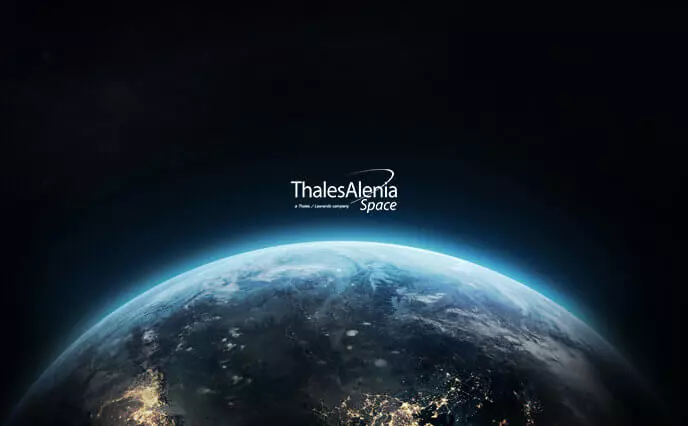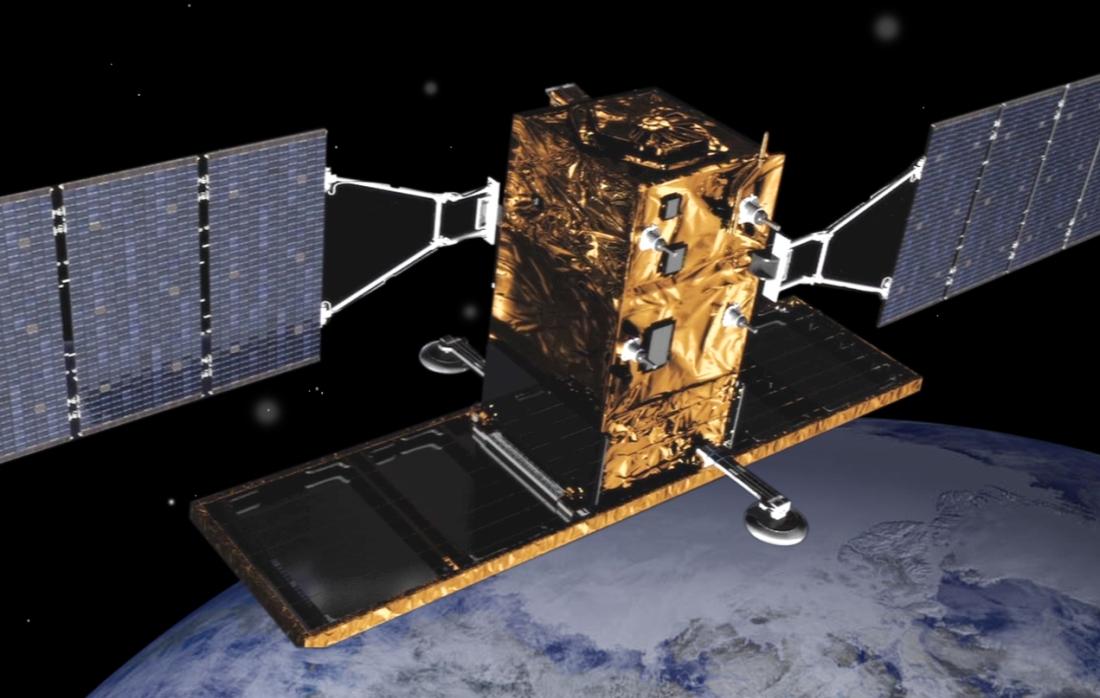COSMO-SkyMed: a spaceborne radar system for environmental monitoring


The powerful radars on the Sentinel-1 and COSMO-SkyMed satellites, both built by Thales Alenia Space as prime contractor, deliver essential information about what’s happening to our planet. They both use synthetic aperture radars (SAR) that can “see” through clouds day or night and in any weather, and can measure ground movements to within a centimeter. This is especially important for monitoring remote regions such as the poles.
Sentinel-1 and COSMO-SkyMed, the dynamic duo

Over the last few months a chunk of Antarctica’s Larsen C ice shelf has been hanging on precariously, as a deep crack developed across the ice. As early as 2011, Italian space agency ASI had started using the four COSMO-SkyMed satellites to monitor this ice shelf. The European Space Agency also pitched in with its Sentinel-1 family of radar satellites, to help sound the alarm. The crack had in fact grown by over 60 km (38 miles) in just a year, from January 2016 to January 2017. In July 2017 it reached the ocean, liberating a giant iceberg with a surface area 50 times that of Paris! The "COSMO/Sentinel-1" duo has a front-row seat to provide a holistic vision of any changes in this crack, while also using interferometry technologies to give scientists a deeper understanding of the phenomenon itself.
COSMO-SkyMed Second-Generation: a quantum leap

The development of the COSMO-SkyMed Second-Generation system will offer a quantum leap in technology, performance and service life, and bolstered Italian leadership in the global Earth observation sector. At the same time, this new program will help extend strategic international partnerships, such as those already established with France and Poland concerning the reception and processing of COSMO-SkyMed data and data products.
Thales Alenia Space is once again the prime contractor for the second-generation system, with responsibility for both the space and ground segments.
Copyrights
First artistic view: © Thales Alenia Space/Master Image Programmes
Photo of the satellite: © Thales Alenia Space
Other artistic views: © ESA & © ASI

